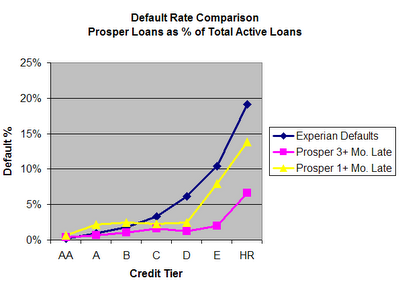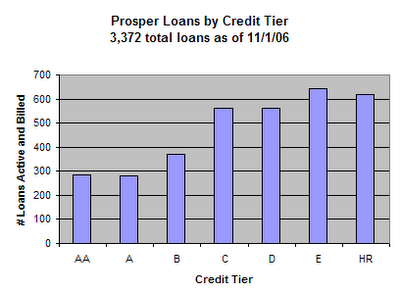 The traditional definition of entrepreneurship is expanding to include more creative ways of approaching business, applying business disciplines to social problems and establishing a wider range of success metrics. Four key trends are coming together to facilitate this new era of entrepreneurship: a shift in social consciousness, the democratization of capital, innovative responses to traditional financial systems and the low cost of starting a startup in the globalized world.
The traditional definition of entrepreneurship is expanding to include more creative ways of approaching business, applying business disciplines to social problems and establishing a wider range of success metrics. Four key trends are coming together to facilitate this new era of entrepreneurship: a shift in social consciousness, the democratization of capital, innovative responses to traditional financial systems and the low cost of starting a startup in the globalized world.
Shift in social consciousness
There is a great attitude shift underway towards sustainability and social responsibility. Al Gore, Paul Hawken and others have helped to put global warming, carbon neutrality, poverty and equity firmly on the international agenda. Part of the new social consciousness is also about effectiveness and accountability. Cycling the bottom of the pyramid out of poverty requires getting target populations actively involved. Loans are better than aid.
Democratization of capital
The ability to have more granular attribute knowledge about all economic transactions has triggered the demand to direct capital and consumption based on these affinity attributes. People are willing to pay on average 5-10% more for their attribute choices, for fair-trade, organic and local items, for hybrid cars and for blended value or double/triple bottom line financial returns.
Innovations to the traditional financial system
The shortcomings of traditional financial systems, their hierarchical nature, the lack of universal access and cyclic failures like the current mortgage crisis are triggering innovative solutions such as…
- Microfinance and P2P finance (for example, Kiva is currently active in 40 countries and lending about $750,000 per week)
- Socially Responsible Investing and social capital markets including social venture capital as offered by GoodCap
- Timebanks, gift economies and other non-monetary currency solutions
- Alternative payment mechanisms like developing country cell phone networks as money transfer systems
The increasingly low cost of starting a startup makes a whole new tier of businesses possible: the LAMP software bundle provides free technology infrastructure, APIs replace business development and blogs and community interaction replace marketing (social networks become an overlay, a property of every website) and virtual world interactions replace face-to-face meetings.





















 Email me
Email me Twitter
Twitter MS Futures Group
MS Futures Group Data Visualization Wiki
Data Visualization Wiki Economic Fallacies
Economic Fallacies
